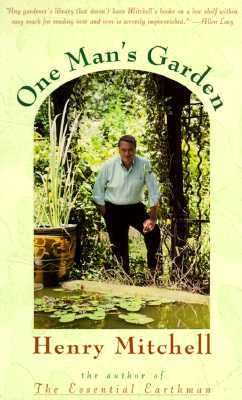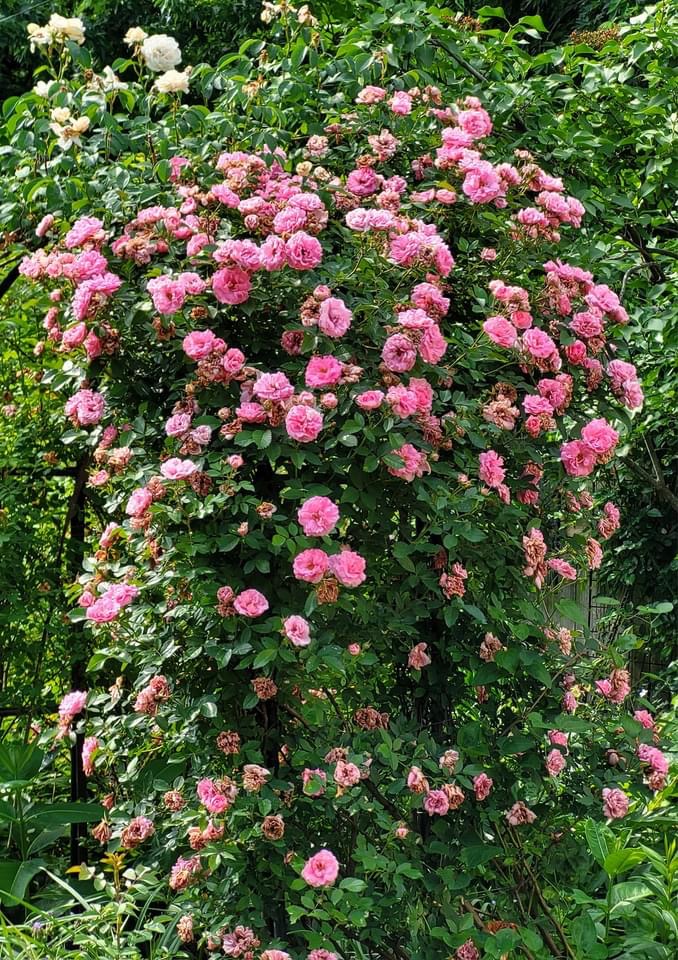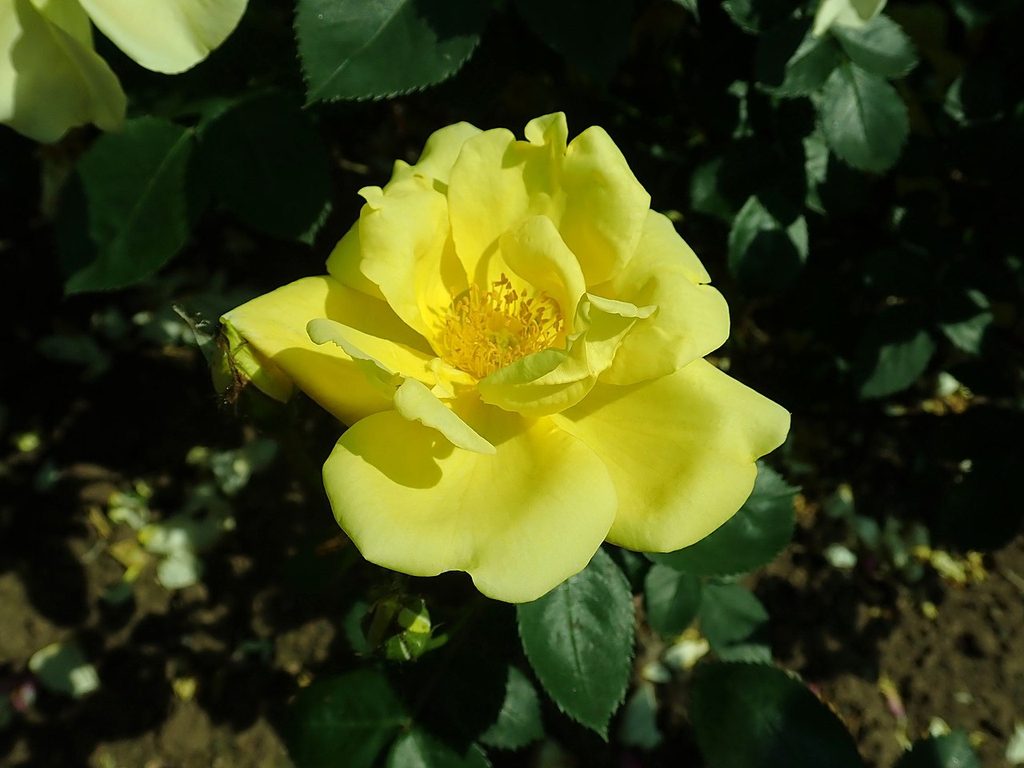Paging through the annals of Hartley Botanic’s online magazine, I came upon the headline from a piece published nearly two decades ago, titled “Use winter to read up on gardening and greenhouse techniques”. It’s not an exhaustive piece of garden know-how but is a guide back in time to a couple of worthwhile books by popular authors of the 1980s-90s. One author stood out: Henry Mitchell, whose column “The Earthman” ran in the Washington Post from 1973 until his death 20 years later.
Mitchell’s first column appeared around the time I was starting my first garden in England under the tutelage of the English garden author, H.L.V Fletcher and his book The Scented Garden. Fletcher might have titled it The Romantic Garden since its theme is the history of gardens, plants, and the people who, long before he or indeed I came to add our two cents worth, created the genre of garden writing. It wasn’t long before I discovered Henry Mitchell; compared to what I had become used to, his voice was quite a contrast — eloquent, yet homespun, witty, at times acerbic, his observations were like those of a wise (and wiseacre) uncle, leading you away from foolish enterprises, with an occasional verbal slap upside the head.

He had a thing about old shrub roses, as did I fostered by reading the English rosarian, Graham Stuart Thomas’s books. Where the later would write with erudition of the history and botanical lineage of old shrub roses, Mitchell would tease that he loved roses that “make a lady squeal” (he included irises and peonies in this category). Well? Who wouldn’t? And then went on to arm his readers with what they needed to know to make a success of rose growing. A key piece of his advice, which I dish out again and again to anyone who whines about the brevity of old-rose flowering, was to accept that they only bloom for short periods, and to recognize that’s what most flowers worth growing do, and if you don’t like it, tough, take time off from work and watch them flower and fade. In other words, get over it. The touch of Dorothy Parker waspishness in Mitchell’s comments was to me, an ersatz English gardener, so refreshingly American.

Gardening in Colorado is not for the faint hearted. As I write this in mid-June, the temperature is barely into the 50s and it has rained most afternoons for what seems like an eternity, and in a most threatening way. Mitchell wrote, “Sleet, incidentally, is the worst five-letter four-letter word I know.” In my dictionary, hail is the worst four-letter, four-letter word I know. And right now, it’s pounding my two roses into oblivion, and the peonies and irises aren’t any too happy. Nor am I. One rose, yellow-flowered, ‘Lawrence Johnston’, a rampant climber, is shattered, the just-opening blossoms fallen like wrinkled silk hankies on the ground. It’s a beauty given the chance, but I grow it for its connections to Johnston and his gardens at Hidcote Manor and Serre de le Madonne (and the book I wrote about him) where this rose clambers up the side of the villa. I’ve had it in all my gardens, along with a few other signal plants, grown in an acknowledgement of another of Mitchell’s trenchant observations, as I have hopes that one day, I’ll see it growing in all its rampant glory, remembering:
“If we persist, I do not doubt that by age 96 or so we will all have gardens we are pleased with, more or less.”

©Ethne Clarke, 2023
Hidcote, The Making of a Garden, a revised edition with forward by Sir Roy Strong: https://wwnorton.com/books/9780393732672
Use Winter to Read-up on Gardening and Greenhouse Techniques: Hartley Botanic, January 5, 2010
The following links are to Henry Mitchell’s books @ Thrift Books:










